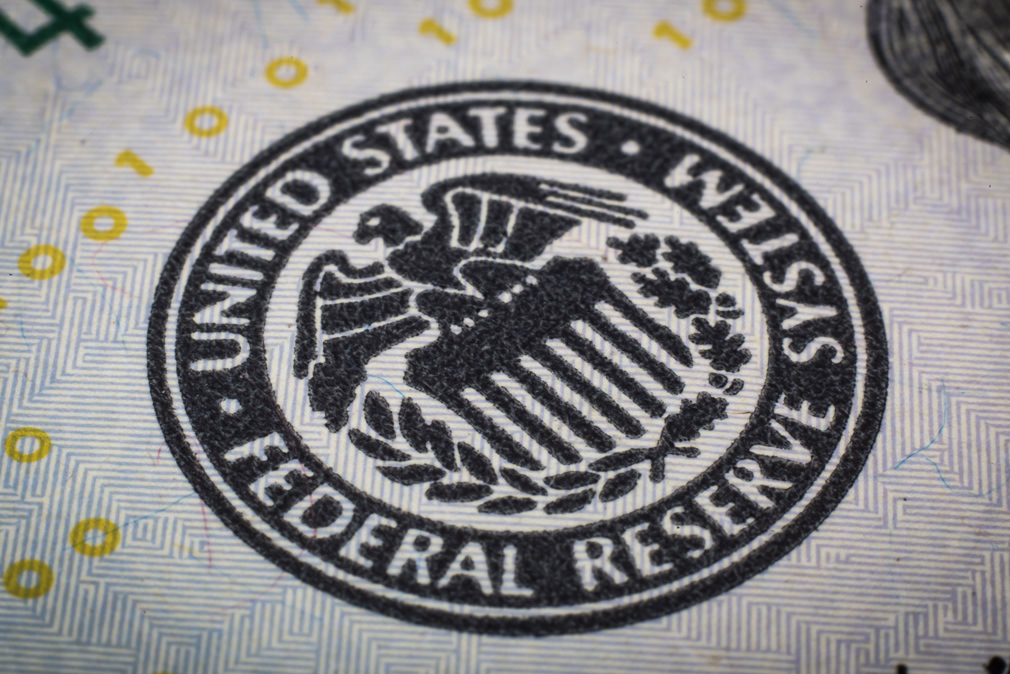Federal Reserve officials dubbed coronavirus a “new risk” to the economy at their Jan. 28 to 29 meeting, according to minutes released on Wednesday.
“The threat of the coronavirus, in addition to its human toll, had emerged as a new risk to the global growth outlook, which participants agreed warranted close watching,” the minutes said.
After three cuts to the benchmark rate last year, the Fed reiterated it intends to stay put through the end of 2020 barring a “material development” that could cause a reassessment.
In addition to discussing ongoing risks such as coronavirus, the Fed officials at January’s meeting reviewed inflation policy, according to the minutes.
Participants discussed three inflation scenarios indicating the central bank might be willing to tolerate a deviation from its target rate for a period of time. The post-meeting statement in January changed its language from the prior meeting to say the Fed wants inflation “returning to” 2% rather than “near” that target.
While the Fed doesn’t directly control home-loan rates, its decisions and comments – especially about inflation – influence the bond investors who do. If investors believe inflation will remain tame, they are more likely to accept lower yield, which translates into lower mortgage rates.
Traditionally, the Fed tries to stay on the sidelines in an election year to avoid looking like it’s favoring one candidate over another. At its December meeting, around the time the coronavirus was first emerging in the area surrounding the Chinese city of Wuhan, it signalled further cuts in its overnight lending rate were unlikely through the end of 2020, and it reiterated that sentiment after its January meeting.
But, since then the coronavirus named Covid-19 has become more of a concern.
More than 73,000 people have been infected and more than 1,800 have died worldwide, the World Health Organization said on Tuesday. That’s worse than the 8,098 infections and 774 deaths during the 2002 to 2003 SARS outbreak that chilled the global economy. In 2003, China accounted for about 4% of the world’s GDP. Today, that share has expanded to about 17%.
“The question for us really is: What will be the effects on the U.S. economy? Will they be persistent, will they be material?” Fed Chairman Jerome Powell said in congressional testimony last week. “We know that there will be some effects on the United States.”







